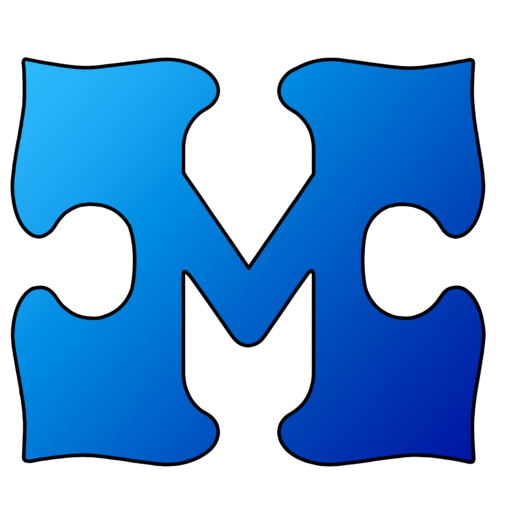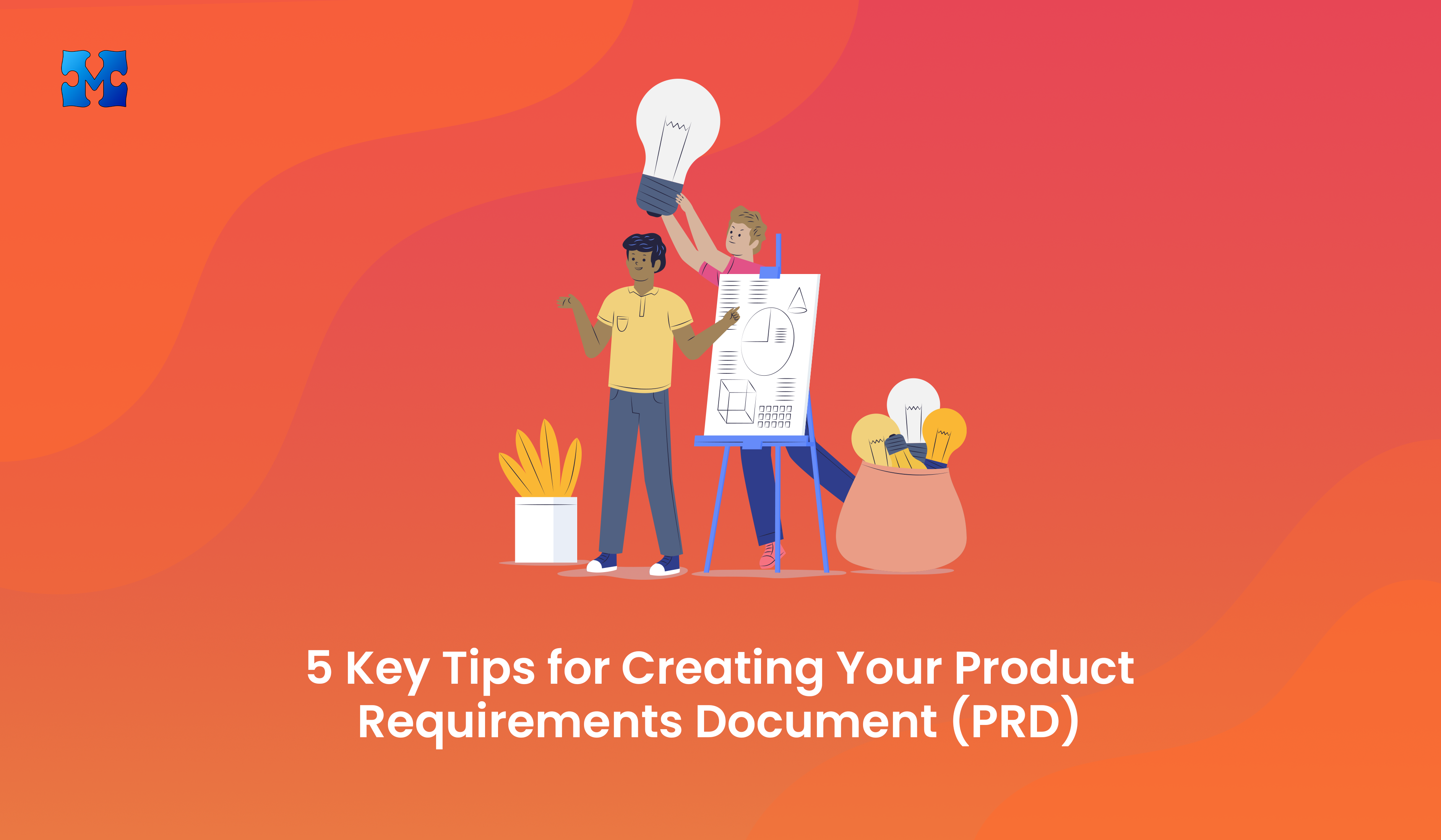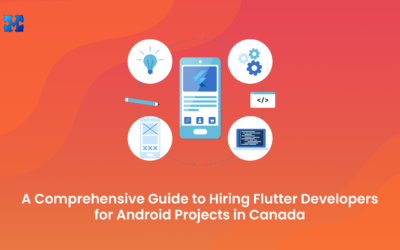Creating a new product is a complex process that demands a clear vision, collaboration across various teams, careful budgeting, and time.
A Product Requirements Document (PRD) is essential in product development. It details the features, functionality, and goals of your product, ensuring everyone involved understands and aligns with the project’s objectives and the needs of your target audience.
These five tips will help you craft an effective Product Requirements Document, ensuring your product aligns with your goals, resonates with your audience, and sets you up for success:
Keep It Lean & Concise
A Product Requirements Document should be straightforward and to the point, not a lengthy report. Its goal is to help stakeholders quickly grasp your vision, plan, and their role in making the product successful.
Typically, a PRD includes:
- High-Level Summary/Introduction: An overview that includes the project title, owner, contributors, ETA, and status.
- Problem/Background: A description of the problem your product aims to solve, along with background information about the intended users.
- Solution/Vision: An explanation of the solution your product offers, aligned with the problem outlined previously, and how it fits into the company’s strategic vision.
- Assumptions: Any assumptions made by stakeholders that need to be kept in mind during development.
- User Stories: Customer or user stories and testimonials that provide additional context and support for the product.
- Features: A detailed list of the main features, including links to sketches, mockups, or similar products.
- Milestones, Goals, Metrics: Specific, measurable, and time-bound goals and key performance indicators (KPIs) for tracking progress during and after development.
- Timeline: Key dates and milestones, including the estimated or proposed launch date.
- Checklist & Launch Readiness: Key tasks required for development and launch, as well as scope and budget details.
- Assigned Roles: A list of key stakeholders and their primary responsibilities.
- Impact: Space to record learnings, impact, and success indicators post-launch.
Structuring a PRD this way makes it easier for everyone to quickly understand the project.
Define The Problem And Solution
Every great Product Requirements Document begins with clearly describing the problem your product addresses for current or potential users and outlining your proposed solution.
Start by defining the problem your product aims to solve. Include details about your target audience—their needs, pain points, and common experiences. You can even link to customer stories or interviews to make the problem more relatable for readers.
Next, present your solution. Clearly and concisely explain how your team plans to address the problem. Include details about the timing and specific features that will alleviate the users’ pain points. This section can also touch on how the solution fits within your broader vision.
Describe Your Features
After outlining the problem and solution, delve into the specifics of your product’s functionality. This section is where you get detailed about what you need your team to build.
Consider including feature sketches, mockups, or user flows to help visualize your idea. Prioritize features based on their importance to the product’s success, taking into account factors like feasibility, user experience impact, and alignment with your product goals.
Set Clear Goals and Milestones
A brilliant idea needs measurable goals and metrics to demonstrate its impact on users, revenue, or market position.
Your Product Requirements Document should include clear, measurable goals and metrics for reference throughout the development and post-launch phases. Specify what you expect the product to achieve: increased app engagement, improved user efficiency, faster onboarding, etc. Detail these goals with precise metrics.
List key milestones that track project progress, whether they are calendar dates or the completion of specific features.
Build A Launch Checklist & Assign Roles
One of the final sections in your PRD should be a launch checklist, outlining the primary tasks needed to bring the product to market. Assign responsibilities for each task, including the names of the teams or individuals responsible and specific deadlines.
This checklist often involves teams not deeply engaged in development, such as marketing for product promotion or support for user education and FAQs.
Structuring your Product Requirements Document this way ensures everyone understands the project’s scope, goals, and their roles, setting your product up for success.
Ready to turn your app idea into reality? Get in touch with us today and kickstart your journey to mobile app success!


